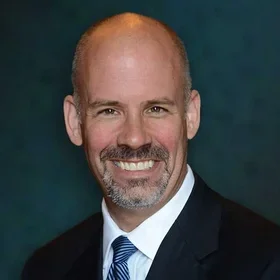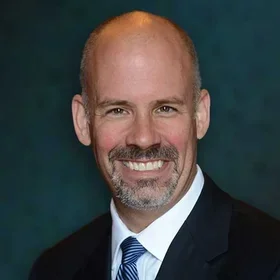Last week, a special cohort of Columbia Girls in STEM Initiative participants toured National Geographic and learned how its founders broke barriers in many respects and, thanks to their courageous spirits, trail-blazed their way to great success. These students aspire to do the same: National Geographic was the perfect place for local D.C. high school students to be exposed to how women have broken barriers in STEM.
The Columbia Girls in STEM Initiative, launched last year by the Columbia University School of Professional Studies (SPS), is a national pre-collegiate program that directly addresses the persistent gender gap across the fields of science, technology, engineering, and math (STEM). The Initiative is designed to build a talent pipeline, particularly from underrepresented communities, in which students have greater access to, and success in, STEM education and careers.
As part of the Initiative, SPS works with corporate sponsors and local recruiting partners to develop week-long, STEM-based programming in cities across the United States. Now in its second year, the program has expanded to four cities – in Washington, D.C. with National Geographic, in New York City with Goldman Sachs, in San Francisco with Microsoft, and in Miami with the Miami Dolphins (NFL) – with approximately 20 girls in each cohort. At each session, the students participate in mentoring sessions, engage in project-based coursework, and learn college preparation skills. I was pleased to participate by challenging the students to expand their definitions of leadership, define strategies for their desired career trajectories, and identify potential academic and professional barriers (to prepare the foundation for tangible solutions).
Throughout their classroom studies and mentor sessions, the students were introduced to new skills and received academic and professional advice on how to succeed in the broad and complex STEM ecosystem.
Two executives, in particular, proved to be highlights of the week:
- Dr. Christyl Johnson, Deputy Director for Technology and Research Investments at NASA, discussed how, through her research comparing traditional fuel to green tech, she successfully helped NASA develop more cost-effective strategies for space missions while also ensuring astronaut safety. Dr. Johnson explained the "imposter syndrome”--how it is typical for women to be overly honest about not feeling adequate in positions of power. She stressed the need to have confidence in one’s own accomplishments.
- Phyllis Kolmus, Deputy Group Director at AT&T, who provides military and intelligence analysis, modeling and simulation and innovative business solutions to the Department of Defense, discussed her work in industry and with the government. She stressed the importance of never closing the door to opportunities, even if initially they don’t seem like the right fit.
As part of a leadership workshop, I engaged the students in professional scenarios ranging from negotiating project proposals with your boss, to demonstrating value via an “elevator pitch," to leveraging a diversified personal board of directors. My experience foretells a promising next generation of leaders!
The Columbia Girls in STEM Initiative will continue to reach more students with our programming, ensuring that we encourage young students to be assertive, confident, and prepared, and empowering more underrepresented populations to become leaders in the field.
I left the National Geographic Society’s headquarters having met a group of future scientists, programmers, and engineers who have been exposed to new paths of professional opportunity and are poised and destined to be trailblazers--just as the Society’s founders modeled.

